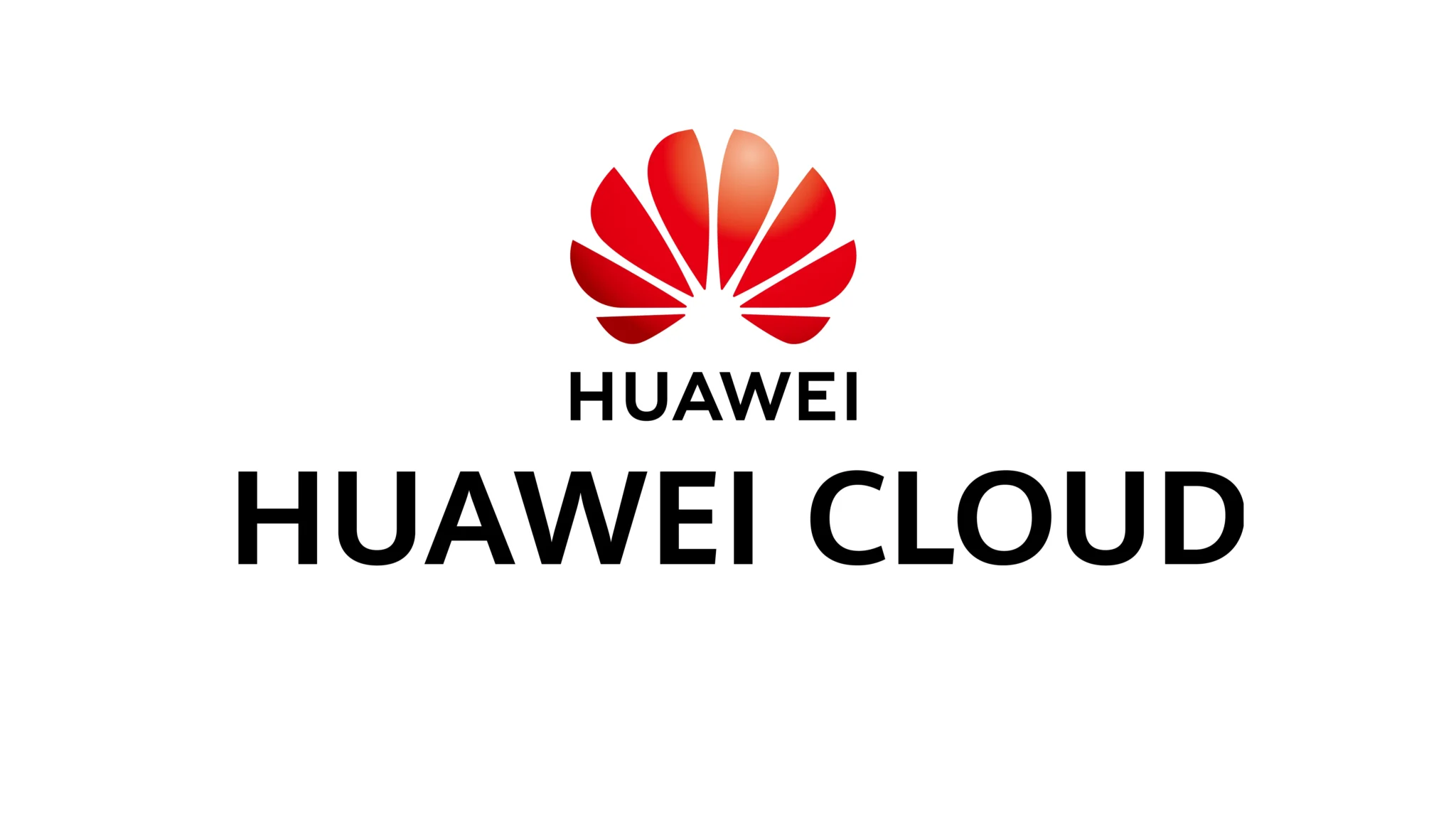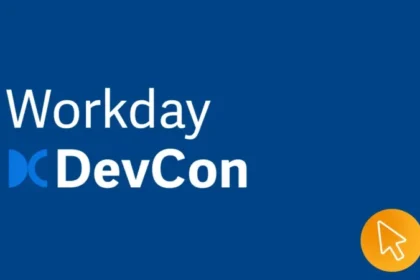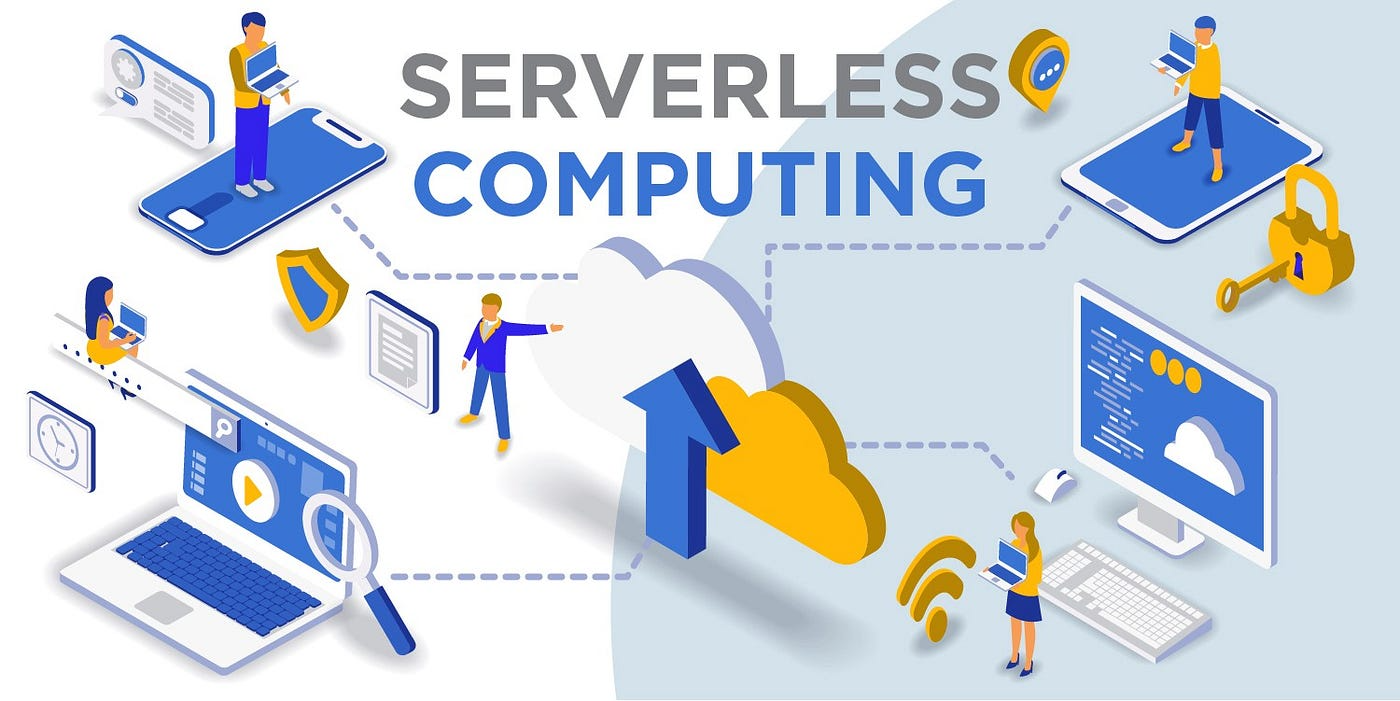At this week’s Huawei CONNECT event, Huawei unveiled a major upgrade to its Developer Space, adding a suite of new AI-native tools and generous free tiers designed to attract developers across the globe. Part of the announcement: weekly free 180 hours of cloud dev environment access, 1 million free cloud function calls, plus 2 million MaaS tokens for eligible projects. These changes may influence how devs choose platforms and shift expectations for what “free tier” cloud offerings should include. (Huawei Cloud announcement)
What’s New in Huawei Developer Space
Huawei’s upgraded toolkit adds enhanced features across the board: a more powerful “Versatile” agent platform, deeper support in IDEs and CLIs (including Huawei Cloud Developer Space), and updated tools like CodeArts Doer for Coding, GaussDB, and ModelArts Studio. These aim to streamline common coding workflows from prototyping to deployment—with better efficiency, collaboration, and lower friction. The free quotas are particularly competitive: for many early-stage or hobbyist developers, 180 hours of cloud development per week is enough for real experimentation.
Why This Matters for Developers Everywhere
Dev tools with meaningful free quotas are more than perks they shape which platforms attract new users and which ecosystems grow. In markets outside the U.S./EU, free cloud hours + low barrier tools can be the difference between choosing Huawei Cloud vs an Amazon/Azure/Google alternative. Even in established markets, developers often build side projects in free tiers, and those experiences lead to long-term loyalty. Huawei’s move raises the bar, especially for AI-native workflows that rely heavily on compute (agent platforms, model training, cloud functions).
Comparisons: How Does This Stack Up?
Compare this with other cloud providers: many free tiers are limited in time (e.g. 1-2 months), cap networking or storage, or restrict access to advanced tools. Huawei’s offering, with high dev hours and generous quotas for cloud functions / MaaS (Model as a Service) tokens, looks optimized for AI experimentation and early agent building. It’s reminiscent of what platforms targeting startups promise but Huawei is pushing this for a much broader dev base, including enterprise uses. This could force competitors to adjust their pricing or free tiers to stay competitive.
Potential Challenges or Downsides
Of course, generous free tiers come with strings attached. For users, there are questions around performance under load, latency, support, and regional availability (some free tier features might lag behind paid or premium regions). There’s also concern about “lock-in” once you build on a platform with specific agent tools, IDE integrations, etc., migrating to another provider can become difficult. Developers will want to ensure portability and avoid dependencies on proprietary features. Also, policy and regulation issues (data residency, compliance) can vary by country using Huawei Cloud in some regions may raise additional oversight or restrictions.
What Developers Should Try / Test Right Away
- Spin up a small AI agent or microservice using the free cloud function quota and see how latency/stability compares to other providers.
- Test CodeArts Doer in a real project: see how well it integrates into your dev workflow and what productivity gains you observe.
- Build a small project using the ModelArts Studio upgrade to see if performance/responsiveness matches expectations.
- Check regional availability and data governance: where is your data stored? What are compliance implications?
- Track total cost of ownership if you move past the free tiers into paid usage to understand pricing cliffs or scaling costs.
Broader Implications for Dev Tooling Industry
This may accelerate the arms race among cloud providers to offer more generous free tiers and AI-native toolchains. When one platform raises the bar, others often follow either by expanding free quotas, improving developer experience, or bundling AI features more richly. This could drive cloud ecosystem changes, especially for smaller companies, indie developers, open-source projects, or academic labs that can’t always afford high costs.
My Take
This upgrade from Huawei Cloud is strategically bold. They’re not just adding features they’re recalibrating expectations. For developers everywhere, this is good news: more access, more experimentation, less gatekeeping. But with that power comes responsibility platform reliability, compliance, regional support, and data security will need to match the promise. If Huawei can deliver on consistency and transparency, this could shift some of the dev community’s attention and spend. If not, it will show whether free tiers can be both generous and dependable.






